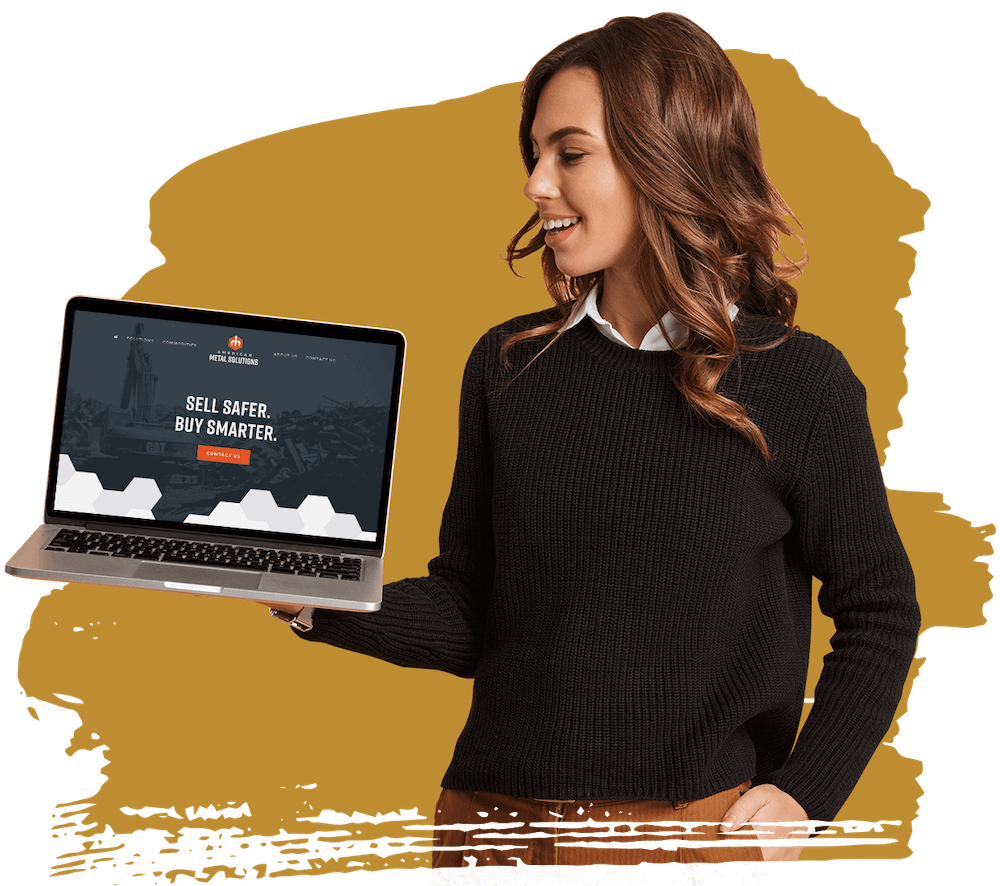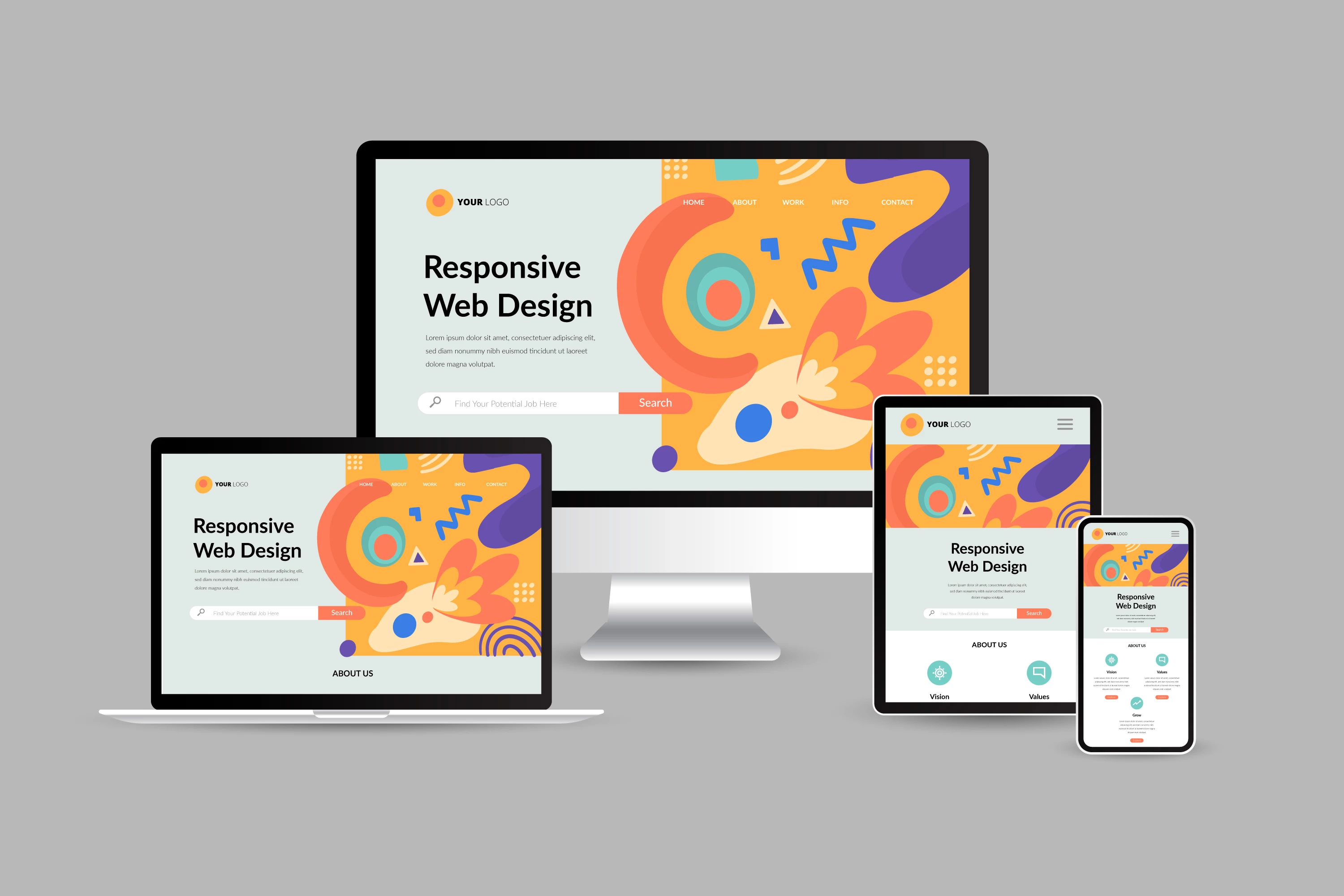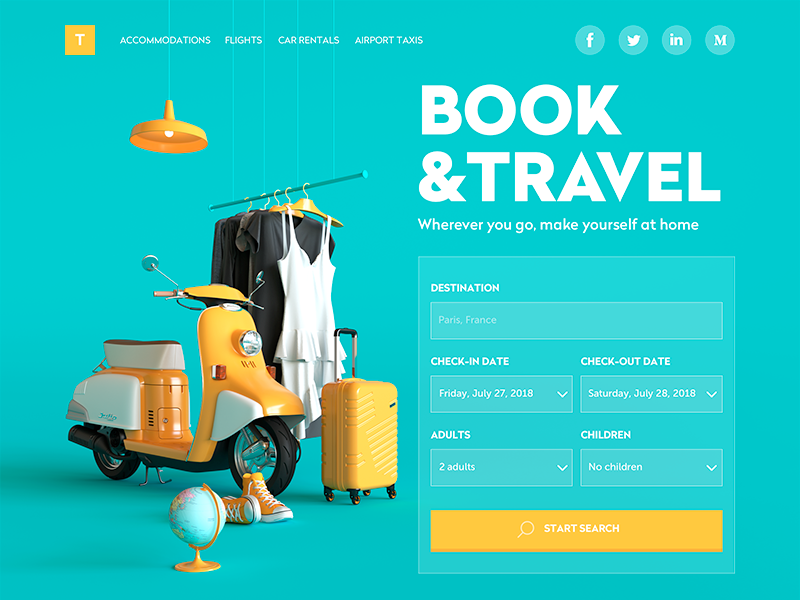The Finest Sorts Of Website Design to Boost Individual Experience and Engagement
In the ever-evolving landscape of digital communication, the efficiency of Web style considerably influences individual experience and interaction. Various design techniques, such as minimal, receptive, and interactive layouts, each offer one-of-a-kind advantages that can cater to diverse user requirements.
Minimalist Website Design
As digital landscapes become significantly chaotic, minimal Web design has arised as a powerful technique to boosting user experience. This layout viewpoint prioritizes simpleness, concentrating on crucial elements while eliminating unneeded diversions. By using sufficient white room, straightforward navigating, and a limited shade palette, minimal style promotes clearness and guides individual attention to essential material.
The core principle of minimal Web design is to develop a seamless interaction for customers. By lowering cognitive tons, customers can quickly grasp information without feeling overwhelmed. This straight technique not just boosts usability yet likewise urges interaction, as site visitors are a lot more most likely to discover a site that is aesthetically attractive and easy to browse.
Additionally, minimal style typically highlights typography and imagery, utilizing these components strategically to share messages effectively. In significance, minimalist Web layout is not just a fad; it is a thoughtful approach that identifies the relevance of user-centered layout.
Responsive Web Layout
In today's varied digital environment, responsive website design has ended up being crucial for creating a seamless customer experience throughout a multitude of gadgets. As users accessibility internet sites on mobile phones, tablet computers, desktop computers, and laptops, the ability of an internet site to adjust its design and web content to different display sizes and resolutions is critical.
Receptive Web style utilizes versatile grids, images, and CSS media queries to guarantee that Web material exists ideally, no matter the gadget used. This approach not only boosts the aesthetic charm of a web site yet also significantly improves use. Customers are much more likely to involve with a website that supplies a constant experience, as it eliminates the disappointment of needing to focus or scroll excessively.
In addition, online search engine, including Google, focus on mobile-friendly websites in search rankings. By taking on responsive style, companies can enhance their exposure and get to a broader audience. This method likewise streamlines website upkeep, as a single variation of the website can satisfy all devices, reducing the requirement for numerous variations. In summary, responsive website design is a fundamental technique that boosts user experience, interaction, and total contentment.
Interactive Web Layout
Receptive Web layout prepares for enhancing user experience, yet interactive website design takes this an action further by engaging users in a much more dynamic means - Aligned Position Web Design. By including components such as computer animations, clickable prototypes, and real-time responses, interactive website design astounds users, drawing them into a richer surfing experience
This strategy not only cultivates involvement yet also encourages users to explore material proactively as opposed to passively eating it. Techniques such as gamification, where customers earn incentives for finishing tasks, can considerably improve the time spent on a website and improve total complete satisfaction. In addition, interactive attributes can streamline complex details, making it more satisfying and absorbable.

Incorporating interactive style elements can additionally lead to higher conversion prices, as customers are more probable to engage with a site that actively involves them. Aligned Position Web Design. Ultimately, interactive Web design changes customer experiences right into remarkable journeys, ensuring that visitors return time after time
Apartment Layout
Characterized by its minimalistic strategy, flat design emphasizes simplicity and capability, removing away unnecessary components and concentrating on important attributes. This layout philosophy focuses on use, ensuring that individuals can browse user interfaces easily and efficiency. By utilizing a tidy aesthetic, level design removes the clutter usually found in a lot more elaborate designs, thereby enhancing individual concentrate on material and capability.
The trademark of level style hinges on its usage of bold shades, simple typography, and geometric forms. These elements add to a visually attractive user interface that is both approachable and modern-day. In addition, level style promotes a feeling of quality, permitting individuals to determine important actions and information without diversion.
Moreover, level layout is particularly efficient in receptive Web design, as its simplicity translates well throughout numerous devices and display sizes. By concentrating on essential features, flat design not only fulfills user demands but likewise urges smooth interaction, making it a vital part of efficient Web layout approaches.
Flexible Website Design
Adaptive Web style customizes the customer experience by creating multiple dealt with formats customized to different screen dimensions and tools. Unlike responsive layout, which fluidly adjusts a solitary layout, adaptive style utilizes distinctive designs for specific breakpoints, guaranteeing optimal presentation on various platforms. This approach allows developers to concentrate on the one-of-a-kind characteristics of each tool, boosting this contact form functionality by providing exactly what individuals need based on their context.
Among the primary benefits of adaptive website design is its capacity to enhance tons times and efficiency. By serving customized content and images that fit the individual's tool, internet sites can lessen information use and enhance loading speeds. This is specifically advantageous for customers with slower connections or limited data strategies.

Additionally, adaptive design assists in a more regular and regulated branding experience. Because developers produce several designs, they can make certain that the visual elements line up with the brand name's identification across different systems - Aligned Position Web Design. This causes a cohesive individual experience, boosting interaction and promoting user retention
Conclusion
Minimalist layout cultivates quality and focus, while receptive design makes certain flexibility throughout numerous tools, promoting ease of access. Collectively, these style approaches contribute to the creation of user-friendly environments that not only Recommended Reading boost complete satisfaction but additionally drive greater conversion rates, highlighting their vital relevance in modern Web design techniques.

Minimalist style cultivates clarity and focus, while responsive layout makes certain adaptability across numerous devices, promoting availability. Collectively, these layout comes close to contribute to the development of straightforward environments that not just improve contentment however additionally drive greater conversion prices, underscoring their important value in contemporary Web layout strategies.